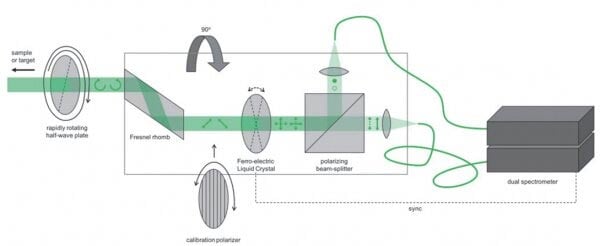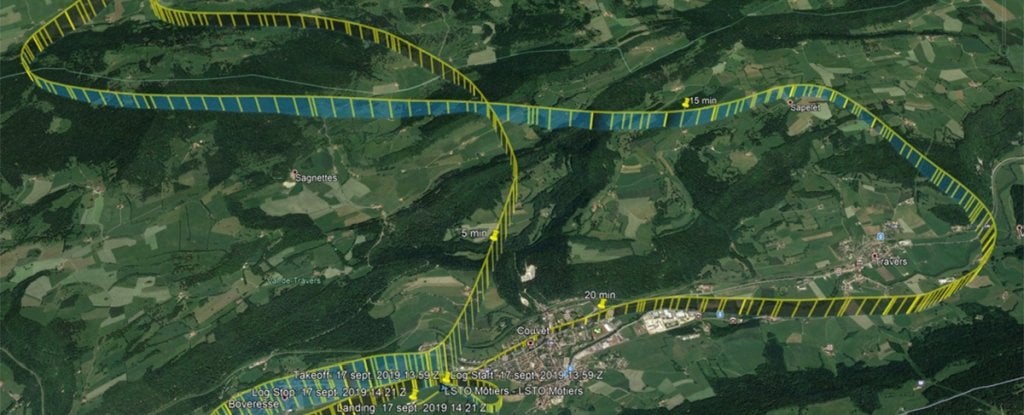Chirality is a word normally found in biological textbooks that will occasionally pop up in the astronomy community, usually when discussing potential biosignatures. Typically the term is explained by analogy with left and right hands - how the molecules are curved in one specific way or another, similarly to how human hands are formed either as left or right. These two curvatures of the molecules are mirror images of each other, but not exactly the same. Until recently, detection of chirality has focused on in situ measurements, such as those on Mars where molecules can be sampled directly. Now, however, a team led by Drs. Lucas Patty and Jonas Kühn at the University of Bern, has managed to detect chirality remotely using some impressive new technology.
Abiotic (non-living) systems do not possess chirality, so in the event chirality is detected it is caused by a living system. That feature makes chirality particularly useful as a biosignature, so researchers have been searching out ways to detect it for a few decades.
TED Talk about the concept of chirality.Credit - TED-Ed YouTube ChannelOne feature of chirality that led to a path of remote sensing is the fact when light shines on biological matter, part of the wavelength of the light that is reflected back is curled in either a clockwise or counterclockwise spiral. Drs Patty and Kühn used this phenomena as the basis of their remote sensing technique.
Their biggest issue was that the percentage of light that undergoes this curving is less than one percent of the total amount of light reflected. Usually such a small percentage of the total signal would get lost in the noise of whatever sensor used to collect it. However, long observational periods could help increase the " signal to noise ratio " and make the small percentage that is curved more noticeable.
That is what the team did four years ago when they set up a sensor 20 cm away from objects and observed them for a few minutes. They were are able to remotely detect chirality, but the obvious limitations of the format meant that iteration would only ever been useful as a laboratory tool.
But then, the team made a giant leap into the air. More accurately, they made a leap into a helicopter. Using a new, upgrade instrument known as FlyPol, they were able to detect the telltale signs of chirality when flying over forests, fields, and even algae filled lakes. Importantly, they were also able to distinguish between these living environments and abiotic ones such as roads or buildings. And they were able to perform this differentiation in the few seconds it took the helicopter to fly over the area at a height of 2 km at 70 kph.
While the new sensor is obviously much more useful than the lab bound one, there are still more giant leaps to go. The next step would include a stint on the ISS to try to observe the same Earthly environs at much greater distance. The team hopes to hitch a ride to space in the next few years, but in the meantime they point out that even as it exists today, a helicopter mounted device would be useful for remote sensing work such as the detection of deforestation or algal blooms. More tweaking and research is necessary, but this was an excellent start on a new area of remote sensing.
Learn More:
University of Bern - Scientists detect signatures of life remotely
Euronews - Is there alien life out there? These researchers are tracking it down with molecular physics
ScienceAlert - A Key Property of Life Has Been Detected From High Altitude For The First Time
Lead Image:
Inside the helicopter with the mounted FlyPol experiment.
Credit: Lucas Patty
 Universe Today
Universe Today


